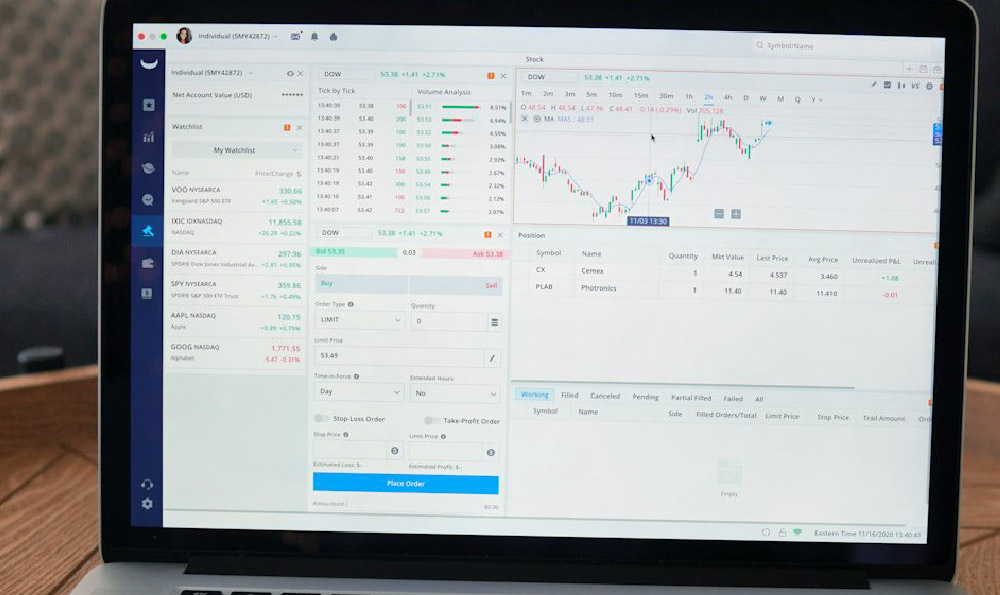Epic Games Store (EGS), launched in December 2018 by Epic Games, the creators of Fortnite, isn't just a platform for distributing games; it's a complex ecosystem with its own revenue generation strategy. While it may not always be immediately obvious how EGS sustains itself, particularly with its aggressive giveaway campaigns and developer-friendly revenue split, understanding its profit streams reveals a more nuanced picture.
The most significant and readily identifiable revenue stream for the Epic Games Store is, of course, the sale of games. EGS acts as a digital storefront, offering both first-party games developed and published by Epic Games (like Fortnite, although Fortnite’s revenue model is distinct and primarily driven by in-game purchases, which we'll touch on later) and third-party games from other developers and publishers. Every time a customer purchases a game through the store, Epic Games takes a cut of the revenue, while the remaining portion goes to the developer or publisher. This revenue split is where EGS distinguishes itself from its main competitor, Steam. Epic offers developers a more attractive 88/12 revenue split, meaning developers retain 88% of the revenue generated from sales on the platform, while Epic takes only 12%. This significantly more favorable arrangement for developers has been a crucial tool in attracting games to the store, particularly exclusives. While Steam typically offers a 70/30 split, with the percentage shifting in the developer's favor as sales increase, Epic's flat 88/12 split offers a consistent and predictable revenue stream, especially beneficial for smaller and independent developers. The volume of game sales on the platform contributes a large portion of the overall revenue.
Beyond direct game sales, the Epic Games Store leverages a strategy of securing timed exclusives. To attract users and differentiate itself from other platforms, Epic Games pays developers and publishers a fee to make their games exclusive to EGS for a set period. This means that for a certain timeframe, the game can only be purchased and played through the Epic Games Store. While this strategy has been met with mixed reactions from consumers (some appreciate the variety and new games on the platform, while others dislike the lack of choice), it serves a dual purpose for Epic: It directly drives traffic and user acquisition to the EGS, enticing gamers to create accounts and download the launcher, and it generates revenue through these exclusivity deals. The fees Epic pays for these exclusives vary greatly depending on the game's popularity, developer reputation, and the length of the exclusivity period, but represent a significant investment and consequently, a significant source of potential revenue. These deals are structured in a variety of ways; sometimes Epic provides a guaranteed minimum revenue to the developer, ensuring they receive a certain payout regardless of the game's sales performance on the platform. This reduces the financial risk for developers and makes EGS an even more appealing option.

The symbiotic relationship between the Epic Games Store and Fortnite is crucial to understanding Epic's overall revenue generation. While Fortnite is free-to-play, it generates substantial revenue through in-game purchases of cosmetic items, such as character skins, emotes, and other virtual goods. Players can purchase these items using V-Bucks, Fortnite's in-game currency, which is purchased with real money. Fortnite's enormous popularity and its highly successful free-to-play model contribute a massive amount of revenue to Epic Games. This success indirectly supports the Epic Games Store by providing the company with the financial resources to invest in the platform, offer attractive revenue splits to developers, secure exclusives, and fund its aggressive giveaway campaigns. The cross-promotion between Fortnite and the EGS is also strategic. Players who download Fortnite often become familiar with the Epic Games launcher, making them more likely to explore other games available on the store.
Furthermore, the Epic Games Store also contributes to the growth and development of the Unreal Engine, Epic's powerful game engine. While the Unreal Engine is available for free to developers, Epic charges a royalty fee of 5% on gross revenue for commercial products that use the engine and earn more than $1 million. The Epic Games Store, by providing a platform for games developed using Unreal Engine, indirectly supports the engine's growth and contributes to Epic's revenue through these royalty fees. As more developers use Unreal Engine, driven in part by its accessibility and the attractive revenue split offered by EGS, this royalty stream becomes increasingly significant. The combination of the EGS and Unreal Engine creates a positive feedback loop, with the store attracting developers to the engine, and the engine fueling the creation of more games for the store.
Epic's strategy of giving away free games weekly is perhaps the most visible aspect of the EGS and is a key component of its user acquisition and engagement strategy. While these giveaways may seem counterintuitive in terms of revenue generation, they serve a crucial purpose. By offering free games, Epic attracts new users to the platform, encouraging them to create accounts, download the launcher, and explore the store. Many users who initially came for the free games subsequently purchase other games on the platform. Moreover, free game giveaways increase user engagement, as players are more likely to visit the store regularly to claim the latest freebie. This constant exposure to the store increases the likelihood that they will eventually make a purchase. While the cost of acquiring these games for giveaway represents a significant investment for Epic, the long-term benefits in terms of user acquisition, engagement, and potential future sales justify the expense.
In conclusion, the Epic Games Store generates revenue through a multifaceted approach that includes direct game sales, exclusivity deals, the indirect contributions from Fortnite's in-game purchases, Unreal Engine royalties, and the strategic use of free game giveaways to drive user acquisition and engagement. While the platform may not be immediately profitable, Epic Games is playing a long game, investing heavily in building a strong platform with a loyal user base and a developer-friendly ecosystem. The combination of these revenue streams, coupled with Epic's substantial financial resources, positions the EGS as a significant player in the digital game distribution landscape. The profitability of the platform is tied to long-term growth strategies rather than immediate revenue capture, prioritizing user base expansion and developer relationships.












